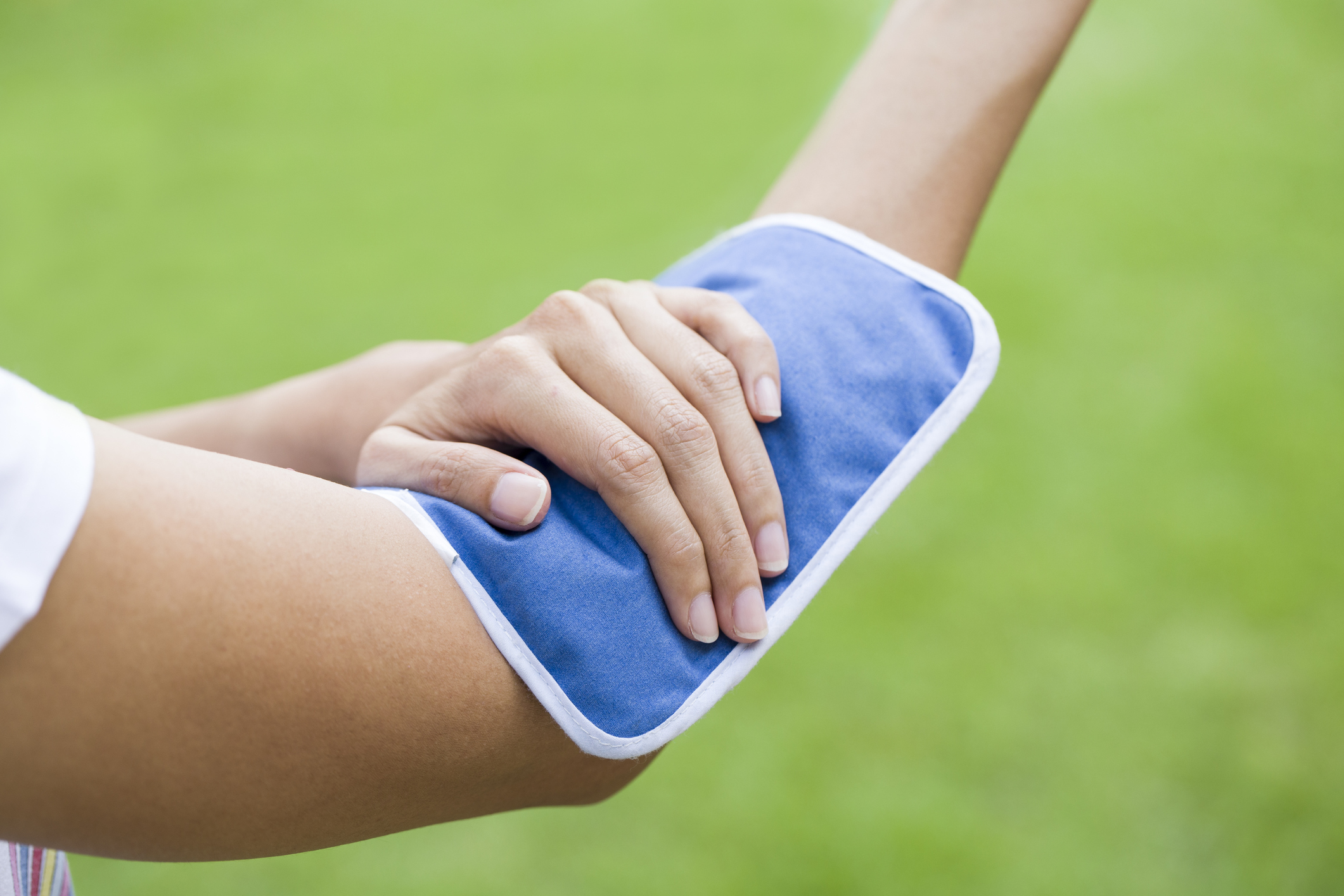Heat or cold could be beneficial when combating pain if used appropriately. The application of heat generates a greater flow of blood (vasodilation), and therefore of oxygen. On the other hand cold induces vasoconstriction with reduced blood micro-circulation. So when is it useful to resort to cold and when to warmth?
Corriere della Sera featured Prof. Daniela Lucini, head of the Medical Section of Exercise in Humanitas and Dr. Maurizio Fornari, head of neurosurgery at Humanitas.
“The application of heat and cold depends on the cause that caused the pain. If the pain is caused by an infection, for example an abscess in a tooth, it is better to apply something cold. Abdominal cramps that may occur during the menstrual cycle can be rather relieved by heat, as well as muscular contractions. But for edema and swelling in the event of a distortion however, cold is better,” comments Professor Lucini.
Tears, sprains, cramps and contractions
“In regards to muscle pain, both the cold and heat can be useful. Each in specific cases though: after a fall and trauma it is better to apply something cold. In the presence of a muscle tear, the pain is due to inflammation, and therefore again prefer something cold. As in the case of an ankle sprain, where the application of something cold should also be quick,” explains Prof. Lucini.
“Cramps and muscle spasms can be treated with heat therapy. Furthermore muscular tension due to bad posture, for example after having traveled by car would also benefit from heat. Cervical pain where the pain originates in the neck and shoulder muscles is another example of where you can apply heat. For the treatment of muscle contractions there are two fundamental rules: the first is to not catch a cold and the second is to keep yourself as warm as possible. The heat can come from a shirt, a scarf (silk,for the summer) or by using heating pads (you can even use rice in a sock and heat in the microwave oven for 30 seconds),” says the professor.
What to do in case of back pain?
“When the back pain is associated with muscle pain, trauma, twitching, tearing and stretching, in the acute phase treatment should be carried out with cold. Even a simple ice pack is substantial for such a treatment. The cold reduces the tension of the back muscles and reduces the local inflammatory phenomenon,” explains Dr. Fornari. In any case where you apply an ice pack or similar to your skin make sure to wrap it first in a thin towel or other fabric.
In case the back pain results from a displacement of a supporting structure in the vertebral column, you should prefer hot remedies. “Moving can be dependent of a single vertebra (spondylolisthesis), or may be part of a more complex picture, such as the entire column degeneration (degenerative scoliosis). Within the therapies prescribed by your doctor you can also benefit from the action of heat with the application of heating pads, electrical devices that emit heat, but especially with thermal baths in warm waters. In the latter case you will also benefit from the buyoancy in water which will reduce the gravitational load on the joints. Back pain can also be associated with an irritation such as a nerve root compression. In case of radial pain and irritation you can get some relief through heat.”
If you are suffering by the so-called lumbago, “drug treatment may be accompanied by heat therapy,” adds Dr. Fornari.
Cryosurgery and thermal ablation
The action of heat and cold is also used in surgery: “With cryosurgery and the ablation power of heat and cold we can act within the vertebra for the treatment of metastatic tumors of the spine. In the first case we use gases at sub-zero temperatures, while for the thermal ablation is carried out using radio frequencies. The advantage of cryosurgery is that the lesions induced by the cold are visible and identifiable with MRI,” says Dr. Fornari.
-
3,400 Physicians
-
110,400 Annual surgeries
-
190,400 Annual Inpatient Admissions
-
928,000 Patients


